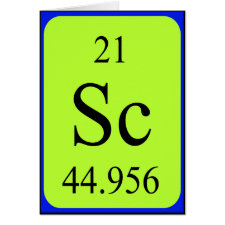
Authors: Kong LJ, Pan MF, Fang GZ, He XL, Yang YK, Dai J, Wang S
Article Title: Molecularly imprinted quartz crystal microbalance sensor based on poly(o-aminothiophenol) membrane and Au nanoparticles for ractopamine determination.
Publication date: 2014
Journal: Biosensors and Bioelectronics
Volume: 51
Page numbers: 286-292.
DOI: 10.1016/j.bios.2013.07.043
Alternative URL: http://www.sciencedirect.com/science/article/pii/S0956566313005150
Abstract: A molecularly imprinted quartz crystal microbalance (QCM) sensor for ractopamine (RAC) detection was developed by electrodepositing a poly-o-aminothiophenol membrane on an Au electrode surface modified by self-assembled Au nanoparticles (AuNPs). The modified electrodes were characterized by cyclic voltammetry, electrochemical impedance spectroscopy and scanning electron microscopy. This molecularly imprinted QCM sensor showed good frequency response in RAC binding measurements and the introduction of AuNPs demonstrated performance improvements. Frequency shifts were found to be proportional to concentration of RAC in the range of 2.5 x 10-6 to 1.5 x 10-4 mol L-1 with a detection limit of 1.17 x 10-6 mol L-1 (S/N=3). The sensor showed a good selective affinity for RAC (selectivity coefficient > 3) compared with similar molecules and good reproducibility and long-term stability. This research has combined the advantages of high specific surface area of AuNPs, high selectivity from molecularly imprinted electrodeposited membrane and high sensitivity from quartz crystal microgravimetry. In addition, the modified electrode sensor was successfully applied to determine RAC residues in spiked swine feed samples with satisfactory recoveries ranging from 87.7 to 95.2%
Template and target information: ractopamine, RAC
Author keywords: Quartz crystal microbalance sensor, Molecularly imprinted electrodeposited membrane, Ractopamine, Au nanoparticles



Join the Society for Molecular Imprinting

New items RSS feed
Sign-up for e-mail updates:
Choose between receiving an occasional newsletter or more frequent e-mail alerts.
Click here to go to the sign-up page.
Is your name elemental or peptidic? Enter your name and find out by clicking either of the buttons below!
Other products you may like:
 MIPdatabase
MIPdatabase









